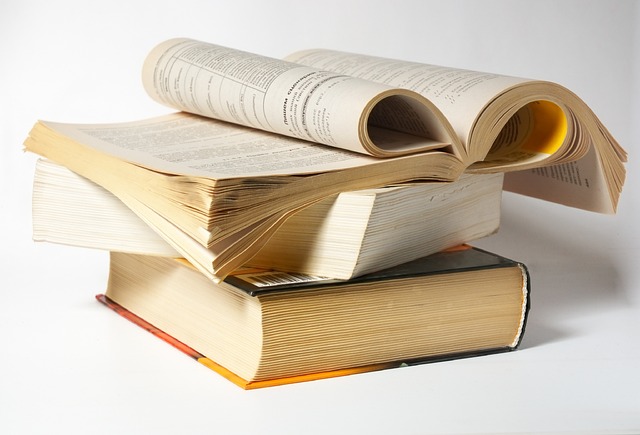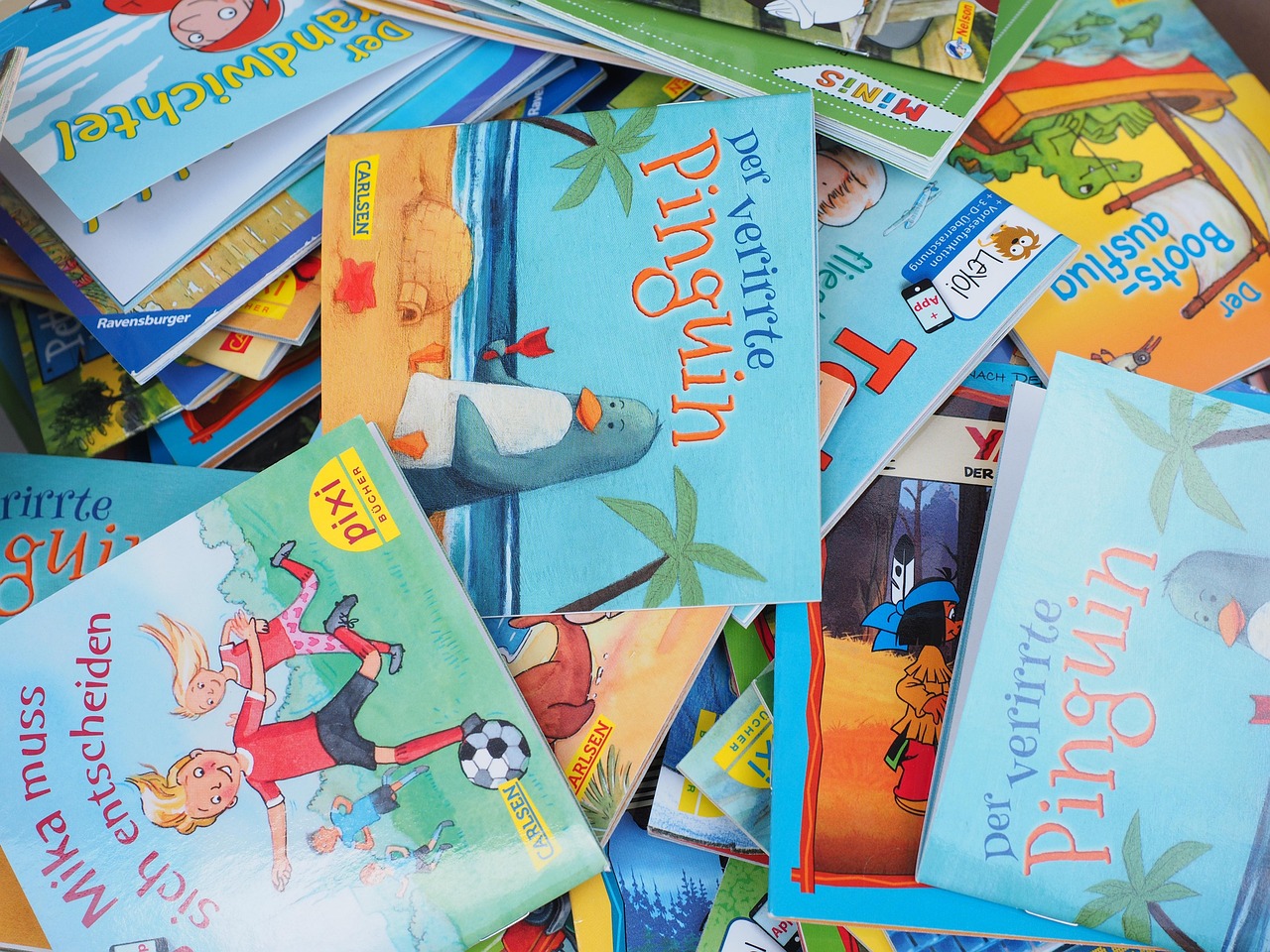Article Title:Where the wild things are: Translating picture books
Abstract:
Translating picture books is a many-splendored thing: it includes not only the relationship between the verbal and the visual (images and other elements) but also issues like reading, aloud and child images. In the following, while mainly concentrating on the visual, I will deal with the other questions as well, as they all interact and influence each other. My starting point is translating as rewriting for target-language audiences we always need to ask the crucial question: For whom? Hence, while writing children's books is writing for children, translating children's literature is translating for children. (See Hunt 1990:1, 60-64 and Oittinen 2000.) The reasons why I take such a special interest in translating picture books are twofold: cultural and national as well as individual. In Finland, we translate a lot: 70-80% of all the books published for children annually are translations. From the perspective of picture books, the number may be even higher (and 90% of the translations come from the English language; see Rattya 2002:18-23). Moreover, being an artist and translator of picture books makes me especially keen on the visual as a translation scholar as well. As a case study, I have chosen Maurice Sendak's classical picture book Where the Wild Things Are and its translations into German, Swedish and Finnish. At the background of my article is my book Translating for Children (2000) as well as my forthcoming book Kuvakirjo kaantajan kadessa on translating picture books. Due to copyright reasons, I only have picture examples from illustrations of my own.
Keywords: illustration; picture book; iconotext; indexical relationship; Sendak
DOI: 10.7202/006962ar
Source:META
Welcome to correct the error, please contact email: humanisticspider@gmail.com



